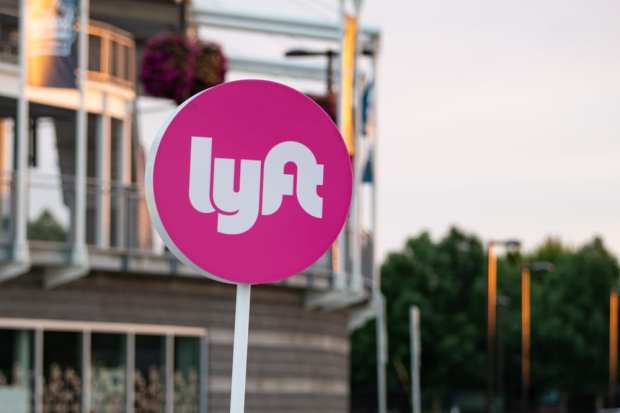Lyft Looks To New App And Offerings To Gain Profitability

Lyft is looking to new membership plans, new price points and even more scooter service to gain more traction in the ridesharing space and increase its customer engagement. The moves come as both Lyft and rival Uber try to prove their fuller worth to investors.
Lyft this week (Oct. 30) released its third-quarter financial report. The company reported Q3 revenue of $955.6 million versus $585 million in the third quarter of 2018, an increase of 63 percent year over year. In addition, Lyft reported 22.3 million “active riders” in Q3, compared to estimates of 22.1 million. Revenue per active rider rose 27 percent year over year to $42.82.
Looking ahead to Q4, Lyft is estimating that its earnings revenue will be between $975 million and $985 million, and revenue is expected to be between 46 percent and 47 percent year over year. For 2019, the company predicts revenue to be between $3.57 billion and $3.58 billion (up from between $3.47 billion and $3.5 billion), and annual revenue growth rate is expected to be approximately 66 percent (up from between 61 percent and 62 percent).
New App and Offerings
On the Q3 conference call with investors this week, Lyft CEO Logan Green touted the company’s redesigned app. “A few weeks ago, we launched a redesign of our app with the goal of better surfacing all the transportation modes available on our platform: classic rides, shared rides, bikes, scooters and transit,” he said. ”By showcasing all of these modes, we can better match our riders with the right option for their specific trip. Since its rollout, we’ve conducted rigorous testing and we’ve seen increased engagement across rideshare, bikes, scooters and transit.”
New products are in the mix, too, he said. Those include the Shared Saver offering, which enables riders to gain a better price on their rides by sharing them and then waiting a few more minutes for a driver or walking a few blocks to catch that ride. “Since launch earlier this year, Lyft riders have already taken over 10 million Shared Saver trips,” he said. “These extra minutes allows us to create more optimal matches, which create value that we can pass on to the rider, to the driver and our bottom line. We continue to see improvements in monetization and system-wide efficiency from Shared Saver. This is all made possible by the investment in our underlying technology, the Lyft matching platform, which allows us to easily launch new modes and increase match efficiency.”
Lyft also is rolling out Lyft Pink, a new membership plan for riders looking for discounts on car, bike and scooter rides. The membership plan costs $19.99 a month and comes with a 15 percent discount on all car rides. It is intended for riders who use Lyft two to three times per week or more. The discount does not apply to bike or scooter rides, but Lyft Pink members get three complimentary 30-minute bike or scooter rides per month in select markets.
Airport Service
Airports also could play a bigger part in Lyft’s future, Green said during the conference call. “We’ve continued to expand our new airport pickup feature, Fast Match,” he said. “This enables faster and more efficient pickups at high-volume locations like airports and large event venues. So instead of searching for your driver at hectic pickup areas, we’ll direct you to a clearly marked Lyft pickup area, where drivers queue up and passengers can take the next available car.” So far, the program is showing signs of success.
“In airports where we’ve launched Fast Match, we’ve seen decreases in rider wait times as well as increases in new rider activations, which in turn should improve revenue per active rider over time,” Green said. “This early success is particularly encouraging as airport rides and riders tend to be higher-value for our business. Fast Match is now live at five airports, including recent launches in San Diego and LA. We’ll be launching New Orleans in November and are in active discussions to expand this feature to more airports around the country.”
Scooter Growth
Green also talked up Lyft’s scooter services. “For scooters, we expanded the rollout of our newest model to 13 markets, including Miami and Austin,” he said during the call. “This new hardware has a more comfortable ride with larger wheels and better branding. We’ve seen strong consumer demand for these scooters, with higher trips per day on the new models versus prior versions. This new scooter also has better durability and a longer battery life, which we expect to benefit our utilization and bottom line.”
As CFO Brian Roberts told CNBC, the company is focused on achieving profitability. “We’re not doing food, not doing trucking,” he said. “We are 100 percent focused on our transportation network and platform scale to unlock more efficiency.” It appears that Lyft might be closer to achieving its goal. Last week, the company said it would turn a profit by the end of 2021, one year earlier than expected.
